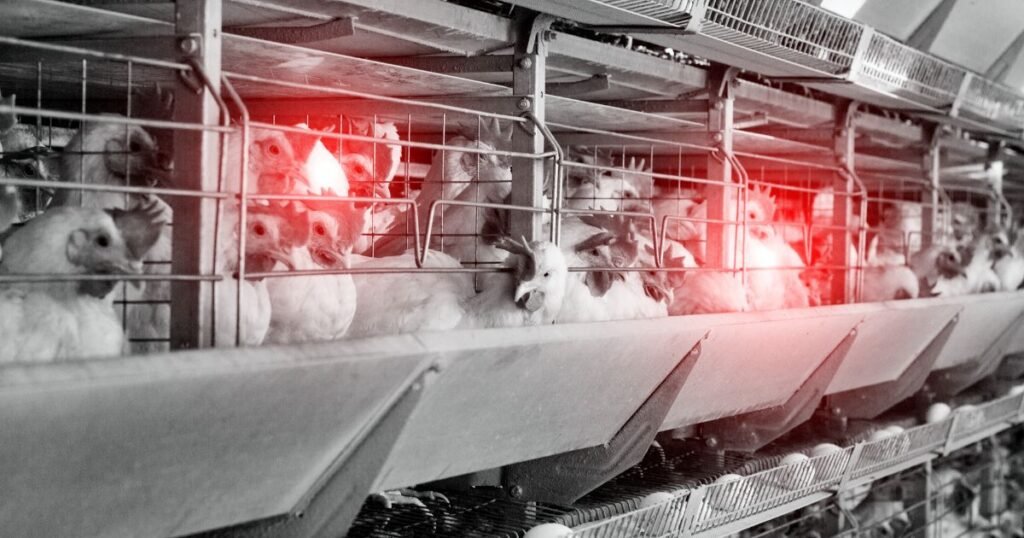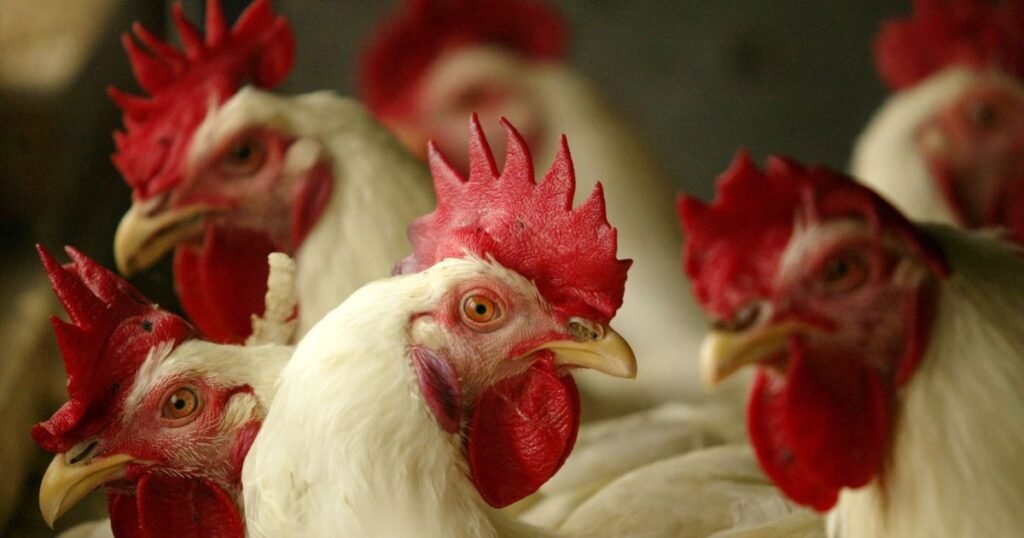Introduction
Avian influenza, also known as bird flu, is a contagious viral disease that affects birds, including domestic poultry and wild birds. The year 2023 has witnessed significant concerns regarding influenza outbreaks, causing alarm in the poultry industry and public health sectors worldwide. This article aims to provide an overview of in 2023, discussing its impact, prevention measures, and future implications.
Read More: Sitting Exercise

Understanding Avian Influenza
Avian influenza is a viral disease that primarily affects birds, including both domesticated and wild species. The virus can be classified into different strains, with some being highly pathogenic and causing severe illness in birds. In rare cases, certain strains can also infect humans, leading to severe respiratory illness and even death.
Outbreaks and Impact in 2023
The year 2023 has witnessed several outbreaks of influenza across different regions of the world. These outbreaks have had a significant impact on the poultry industry, leading to the culling of millions of birds, trade disruptions, and economic losses. Moreover, concerns regarding the potential for human transmission and the emergence of novel strains have raised alarm among public health authorities.
Transmission and Spread
Avian influenza spreads through direct contact with infected birds, their droppings, or contaminated environments. Migratory birds can also carry the virus over long distances, contributing to its global spread. The virus can survive in the environment for extended periods, making biosecurity measures crucial in preventing its transmission within and between poultry farms.
Prevention and Control Measures

To control influenza outbreaks, various prevention and control measures are implemented. These include strict biosecurity protocols, surveillance systems for early detection, and rapid response to suspected cases. Quarantine measures, movement restrictions, and culling of infected birds are commonly employed strategies to prevent the spread of the virus.
Vaccination is an essential tool in controlling avian influenza. Vaccines are developed based on the circulating strains to provide immunity and reduce the severity of the disease in birds. Antiviral treatments are also utilized in certain cases to mitigate the impact of the disease, although their effectiveness may vary depending on the virus strain and individual circumstances.
Global Efforts and Collaboration
Given the transboundary nature of influenza, global efforts and collaboration are crucial for its control. International organizations, such as the World Health Organization (WHO), the Food and Agriculture Organization (FAO), and the World Organization for Animal Health (OIE), work together to monitor the disease, share information, and coordinate responses to outbreaks.
The Economic Impact
Avian influenza outbreaks have a significant economic impact, particularly on the poultry industry. The loss of birds due to culling, trade restrictions, and decreased consumer confidence can result in substantial financial losses for farmers, producers, and related businesses. Moreover, the increased costs associated with implementing preventive measures further burden the industry.
Avian Influenza and Public Health

Although human cases of influenza are rare, they can have severe consequences. The potential for the virus to undergo genetic changes and acquire the ability for efficient human-to-human transmission poses a global health concern. Close monitoring of the virus, rapid response to human cases, and public awareness campaigns are essential in mitigating the risk to human health.
Surveillance and Early Detection
Surveillance plays a critical role in the early detection of influenza outbreaks. Monitoring wild bird populations, domestic poultry farms, and live bird markets can help identify the presence of the virus and facilitate prompt response measures. Improved surveillance systems and information sharing contribute to effective disease control and prevention.
The Role of Biosecurity
Biosecurity measures are fundamental in preventing and controlling influenza. Strict biosecurity protocols, such as controlling access to poultry farms, regular disinfection, and proper waste management, help minimize the risk of introduction and spread of the virus. Adequate training and education for poultry farmers and workers are essential in ensuring compliance with biosecurity practices.
Implications for the Poultry Industry
Avian influenza outbreaks have far-reaching implications for the poultry industry. They lead to substantial economic losses, trade disruptions, and damage to the reputation of poultry products. The industry must adapt to stricter regulations, invest in biosecurity measures, and maintain transparency to regain consumer trust and ensure sustainable production.
The Future of Avian Influenza
As avian influenza continues to pose challenges, ongoing research and surveillance efforts are crucial for staying ahead of the virus. Collaboration between the public health and veterinary sectors, advancements in vaccine development, and investments in biosecurity infrastructure are key to mitigating the impact of influenza and reducing the risk of human transmission.
Conclusion

The outbreaks of avian in 2023 have highlighted the ongoing threat posed by this viral disease. The poultry industry and public health authorities face the challenge of preventing its spread, minimizing economic losses, and safeguarding public health. By implementing stringent biosecurity measures, enhancing surveillance systems, and fostering international collaboration, we can strive towards effective control and prevention of influenza.
Read More: Avian Influenza
FAQs
What is avian influenza?
Avian influenza, or bird flu, is a contagious viral disease that primarily affects birds but can also infect humans.
How is avian influenza transmitted?
Avian influenza is transmitted through direct contact with infected birds or their droppings, as well as contaminated environments.
What are the impacts of avian influenza outbreaks?
Avian influenza outbreaks can lead to the culling of birds, trade disruptions, economic losses, and potential risks to human health.
What measures are taken to prevent avian influenza?
Prevention measures include strict biosecurity protocols, surveillance systems, vaccination, and rapid response to suspected cases.
What is the future outlook for avian influenza?
Ongoing research, collaboration, and investments in biosecurity and vaccine development are crucial for mitigating the impact of influenza and reducing the risk of human transmission.






